An Amberjack is a saltwater fish species in the taxonomic genus Seriola. Researchers place this fish species in the Carangidae species, alongside the jack, pompano, scad, trevally, lookdown, and more. The Seriola genus contains nine different species. Read on to learn about the Amberjack.
Description of the Amberjack
The different species in this group each have their own unique appearances. They have typical “fish-like” body plans with a torpedo-shape and tall, laterally flattened bodies. Most have silvery or light-colored scales.
Size varies based on the species at hand. Some exceptionally large species reach up to eight feet long or more, but most species do not reach sizes nearly this large.
Interesting Facts About the Amberjack
People target several different species in this group for sportfishing. Learn more about a few specific species and what makes them so unique, below.
- Yellowtail – You can commonly find yellowtail, also known as “Japanese Amberjack,” in sushi and various restaurants across the globe. Fish farmers commonly raise this species in Japan and Korea for its tasty meat.
- Greater Amberjack – Also known as the “greater yellowtail,” this species makes up an important part of the commercial fishing industry in this family of fish. Recreational fishermen also target this fish as well.
- California Yellowtail – One of the largest species, this fish sometimes reaches lengths over eight feet. Fish farmers do not keep this species quite as frequently as others, as they cannot easily capture fry and juvenile fish to raise into adulthood.
Habitat of the Amberjack
Each species occupies its own specific habitat and has its own preferences. Some species primarily inhabit benthic ecosystems, or regions along the seafloor. Other species occupy the deep sea, or live in benthic habitats in open water. Some also occupy multiple habitat types.
Distribution of the Amberjack
You can find each of these species in their own distribution and range, but all live in oceanic regions. Some occupy vast expanses of ocean, while others live only in a smaller area. The group as a whole has global distribution, which means you can find them in every ocean, though not all individual species have global distribution.
Diet of the Amberjack
These predatory fish have carnivorous feeding habits and hunt for smaller animals to eat. While each species has its own specific preferences, most feed on similar types of prey. Some common food items include small fish, shrimp, squid, and more. Smaller or younger fish feed on smaller prey, such as plankton.
Amberjack and Human Interaction
Fishing pressure can cause decline for certain species, particularly in regions with heavy fishing. However, many regions place protections on the fish to ensure that fishing practices remain sustainable. People also raise several commercially viable species in fish farms, protecting wild stock from additional pressure.
The majority of species have stable populations, and the IUCN lists them as Least Concern.
Domestication
Humans have not domesticated this fish in any way.
Does the Amberjack Make a Good Pet
No, people generally do not keep these fish in home aquariums.
Amberjack Care
Commercial aquariums sometimes keep these fish to educate the public on sustainable fishing and aquaculture, or fish farms. Their specific care varies based on the species. Some species live pelagic lifestyles and need large tanks with lots of swimming space. Most flourish on a diet of fish, squid, and crustaceans.
Behavior of the Amberjack
Each species has its own unique behavior. Even their foraging behavior differs based on the species, as pelagic fish hunt differently than those feeding on the bottom. However, as a whole, most species live in groups known as schools. The size of the schools varies based upon the species at hand.
Reproduction of the Amberjack
Reproductive rates vary based on the species. All of these fish breed via spawning, where the females release their eggs and the males fertilize them outside of the body. Larger females generally produce greater numbers of eggs. After fertilization, the parents show no additional investment or care towards the eggs or larval young.


![Fisherman proudly displaying his large Amberjack catch Fisherman proudly displaying his large Amberjack catchPhoto by: ALCUSTOM boats [public domain]https://creativecommons.org/licenses/by/2.0/](https://animals.net/wp-content/uploads/2020/03/Amberjack-4-650x425.jpg)
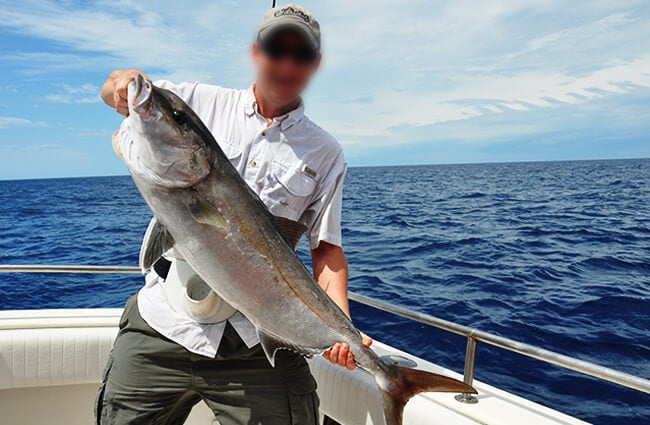

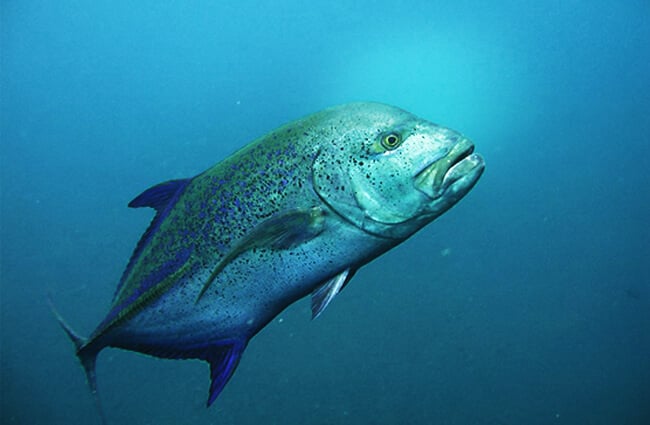
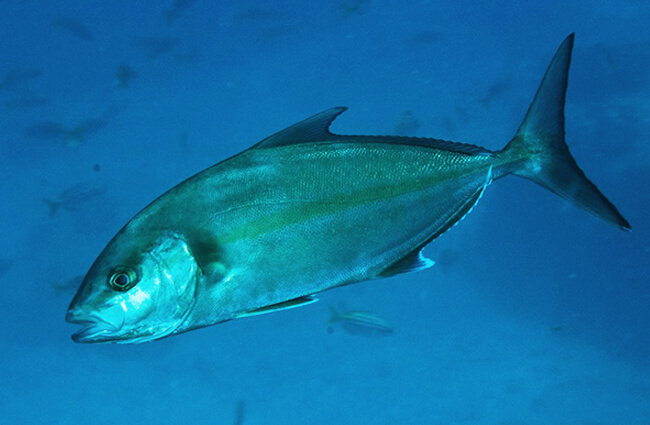
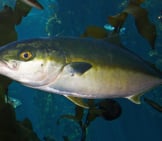
![Fisherman proudly displaying his large Amberjack catch Fisherman Proudly Displaying His Large Amberjack Catchphoto By: Alcustom Boats [Public Domain]Https://Creativecommons.org/Licenses/By/2.0/](https://animals.net/wp-content/uploads/2020/03/Amberjack-4-162x141.jpg)
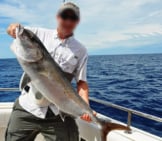

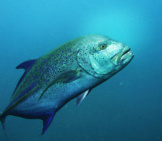

![Red Angus Closeup of a beautiful Red Angus cowPhoto by: U.S. Department of Agriculture [pubic domain]https://creativecommons.org/licenses/by/2.0/](https://animals.net/wp-content/uploads/2020/03/Red-Angus-4-238x178.jpg)












![Red Angus Closeup of a beautiful Red Angus cowPhoto by: U.S. Department of Agriculture [pubic domain]https://creativecommons.org/licenses/by/2.0/](https://animals.net/wp-content/uploads/2020/03/Red-Angus-4-100x75.jpg)

